- Home
- All Courses
- Software Testing & Selenium
- Selenium Automation Testing
- Live Projects on Testing
- Live Projects on Selenium
- DevOps with AWS & Azure
- Amazon Web Services
- React JS
- MERN Stack
- Java Full Stack
- UI / WEB Development
- Python Full Stack
- Django with Live Project
- New Batches
- Placements
- Student Reviews
- Students Zone
- Contact Us
- Enroll Now
Python Training In Hyderabad
Master Full-Stack Python Development in Hyderabad!
Looking for Python training in Hyderabad or a Python coaching institute near you? Our comprehensive Full Stack Python Development course offers an immersive learning experience designed to make you a web development pro.
Learn in-demand skills to build modern, scalable web applications. Gain a thorough understanding of essential Python concepts, frameworks, and tools through a blend of interactive modules and hands-on exercises.
Our program covers the entire development lifecycle, from conceptualization and design to coding, deployment, and maintenance.
Choose between online training for ultimate flexibility or classroom training for a more interactive experience.
Enroll today and launch your career in web development!
Course Duration
120 Days
Training Options
Onsite / Online
Rating
Why Should You Take Python Full Stack Development Training In Hyderabad?
Python Development is in demand.
Python programming is rated as one of the happiest professions.
Python Development has a great career path.
Instructor-led Python Full Stack Live Classes

Python Course Schedules
| Course | Date | Timings | Duration | Trainer | Training Options |
|---|---|---|---|---|---|
| Python Full Stack Development | 30-July-2024 | 05:30 PM - 07:00 PM | 120 Days | Mr. Lokesh | Onsite / Online |
About Course
Python is the most popular and highly advanced programming language that is available as open source. It is employed in task automation, data analysis coordination, and the development of software and websites. Because it can be used to develop sophisticated and important applications, Python is the main language used in machine learning, data science, and artificial intelligence. Both novices and seasoned experts hoping to hone their programming abilities for a high-paying position might benefit from the Python training offered in Hyderabad.
Anyone who wants to develop a strong programming portfolio can enrol in our comprehensive course training, which covers all programming principles such as sequences, deep dive functions, file operations, object-oriented programming, NumPy, pandas, matplotlib, developing web maps, etc. With courses designed by accomplished experts with expertise of the industry, Qedgetech provides the best Python training in Hyderabad. You will gain practical experience and proficiency by handling and managing a project with the help of our project-based training.
Become a Full-Stack Python Developer in Hyderabad!
Master the in-demand skills to build modern web applications with our comprehensive Full-Stack Python Development course! This course dives deep into the entire development stack, equipping you with expertise in:
- Front-End Frameworks: Flask or Django
- Back-End Development: Python with MySQL or MongoDB databases
- Client-Side Technologies: HTML, CSS, and JavaScript
Learn by Doing: Our engaging curriculum combines lectures, hands-on coding exercises, and real-world projects. You’ll gain practical skills in:
- Full-Stack Architecture: Understand how all the pieces fit together.
- Python Programming: Become proficient in this versatile language.
- Web Development Frameworks: Build dynamic user interfaces with Flask or Django.
- Databases: Master back-end development using popular databases like MySQL or MongoDB.
- RESTful APIs: Integrate seamlessly with other applications.
- User Authentication & Security: Implement secure logins and protect your applications.
- Deployment Strategies: Launch your web apps to the world!
Course Prerequisites:
- Basic understanding of programming concepts (Python preferred)
- Familiarity with web technologies (HTML, CSS, JavaScript)
- Database concepts are a plus!
About Trainer
- 8+ years of Real-time Experience in Python & Web Technologies
- Certified Python Consultant
- Experience in blend of Real-time Projects & Training’s
Training Options
ONSITE TRAINING
INR 20,000/-
- Effective Training by Industry Experts
- High-End Training Infrastructure
- Limited Students per batch
- Personalized & Focused Learning methodology
- Study Materials, Videos and Tests through LMS App
- Assignments assessment and assurance
- Certification , Resume & Placement Support
ONLINE TRAINING
INR 20,000/-
- Smartboard & Live Video Streaming Environment
- Effective Training by Industry Experts
- Limited Students per batch
- Assignments assessment and assurance
- Study Materials, Videos and Tests through LMS App
- Earn a Global Certificate
- Resume & Placement Support
Video Based Learning
INR 20,000/-
- High Quality Training Videos by Industry Experts
- Learn at your convenient time
- Videos Access
- Free Upgrade & Support
- Study Material and Tests access through LMS
- Earn a Global Certificate
- Resume & Placement Support
Skills Covered
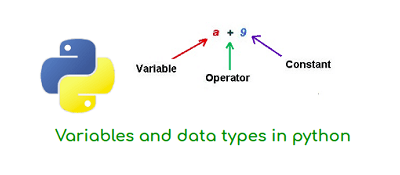
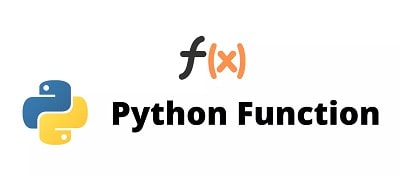
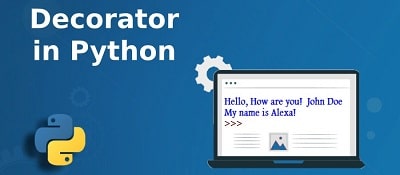
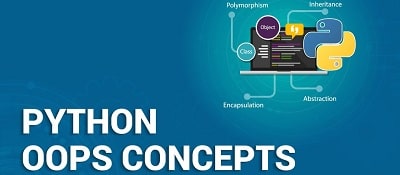

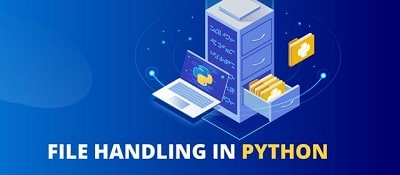

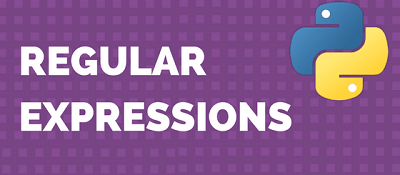
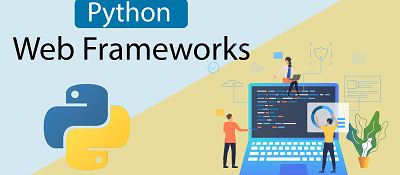

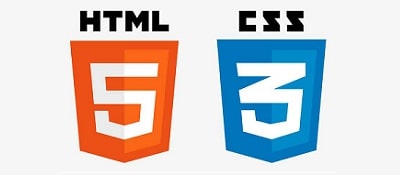
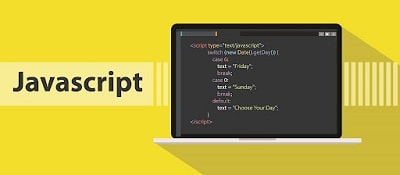
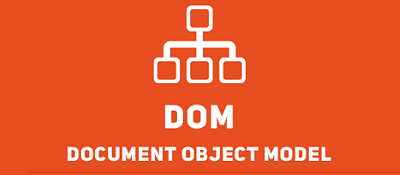


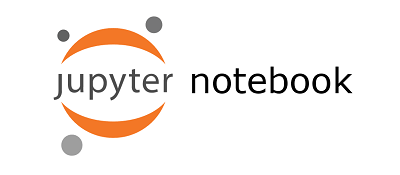
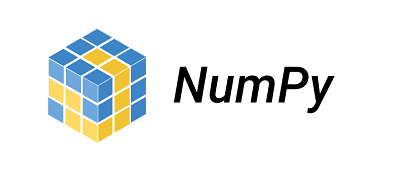




Curriculum
- How is Python? (History)
- What is Python?
- Why is Python?
- Where is Python?
- Install Python
- Install Git (Django)
- Install PyCharm (Django)
- Create GitHub repository (Django)
- Virtual Environment Setup
- Python Fundamentals (***)
- Variables
- Data types: String, Integer, Boolean, Float
- None Type
- Operators (***)
- Data Structure: List, Dictionary, Tuple, Array, Set
- Conditional Statement
- Looping Statement
- Nested Loop
- Control Looping
- Break and Continue, pass(**)
- Numbers (math-module & random-module)***
- Array-module(***)
- String in Python***
- List in Python***
- Tuple in Python***
- Set in Python***
- FrozenSet in Python***
- Dictionary in Python***
- Types of Functions (Function with/without Parameter and/or return value)
- Unnamed and Named Parameters
- Create User Defined Function
- Anonymous Lambda Function
- Time module(***)
- Calendar module(***)
- Datetime module(***)
- User-defined Modules(***)
- User-defined Packages(***)
- Iterator
- Generator
- Nested Function
- Decorator
- What is OOPs
- OOPs implemented in Python
- Inheritance and Polymorphism
- Operator and Method overriding
- Create Class and Core Python Object
- Class Attributes
- OOPS Abstraction(***)
- Abstract classes & Interfaces(***)
- Constructors & Destructors(***)
- Garbage Collection(***)
- Polymorphism Ducktyping(***)
- Operator Overloading with magic-methods(***)
- Inheritance super() method(***)
- Inner-classes(***)
- Types of Variables & Methods in Python class(***)
- self (sp-variable in Python class)***
- Basic Exception Handling
- ..Except…Else…Finally
- Debugging Errors
- Built in functions: String Related Functions, Integer Related Functions, Data Structure Related Functions, Common Functions
- Built in Modules: OS related Module, Mathematical Modules
- Write to a File
- Read from a File
- Check File and Copy File
- Pickle Module
- Working with Directories
- What is threading
- What is Multithreading?
- Different ways of Creating Threads
- Thread Synchronization
- Locks and Semaphores
- Thread Communication
- Create a database
- Working with MySQL Database or Oracle Database
- Python Database connection
- PDBC Steps
- PDBC Modules & its Methods
- Create a tables
- CRUD operations – Create, Read, Update, Delete
- Regular Expression Module
- Regular Expression Methods
- Quantifiers
- Special Characters
- What is Framework?
- Full stack Framework
- Django Overview
- MVT Architecture of Django
- Introduction to Web development and Django
- Django & PyCharm IDE Installation and
- Development of First Web Application
- Working with PyCharm IDE
- Downloading, Installating, First-Project in IDE
- Django Templates and Static Files
- Working with Models and Databases
- Working with Django Forms
- Working with Django Model Forms
- Working with Advanced Template Features
- Session Management
- User Authentication and Authorization
- Class Based Views and CRUD Operations by using both CBVs and FBVs
- Django ORM (MYSQL Database or SQLite3 or Oracle DB)
- Working with Advanced Model Concepts
- Working with Django Middleware
- Deployment of our application in the Live Environment
- Real Time Project: Web Application Development
- Overview of default Django Admin site
- Add models on Admin Page
- User Permissions and Groups
- Overview of Django Views
- Introduction to HTML
- HTML Tags
- HTML Lists
- Divs and Span
- Attributes
- HTML Tables
- HTML Forms
- Exercises
- Introduction to CSS
- CSS Colors
- CSS Backgrounds and Borders
- CSS Selectors
- CSS Specificity
- CSS Fonts
- CSS Box Model
- Exercises
- Introduction to JS
- Connecting JS
- Control Flow in JS
- While loop and for loop in JS
- Functions in JS
- Arrays in JS
- Objects in JS
- Exercises
- Introduction to Bootstrap
- Buttons
- Forms
- Navbars
- Grids
- Introduction to Numpy
- Numpy Arrays
- Numpy Array Indexing
- Numpy Operations
- Numpy Exercises
- Introduction to Pandas
- Series
- DataFrames
- Missing data and Groupby
- Merginig Joining and Concatenation
- Operations
- Data Input and Output
- Pandas Exercises
- Introduction to Data Visualization
- Introduction to Matplotlib
- Matplotlib plots Methods – Functional and Object Oriented
- Subplots
- Matplotlib Excercises
- Working with Scikit or SciPy modules
- Website Project using Python django Framework
- Deploying Python Django on Live Server on Internet (Live Website on Internet) www.yourwebsite.com
Like the curriculum? Enroll Now
Structure your learning and get a certificate to prove it.

Python Full Stack Development and Data Analysis and Visualization
QEdge Tech Python Professional Certificate Holders work at 100s of companies like



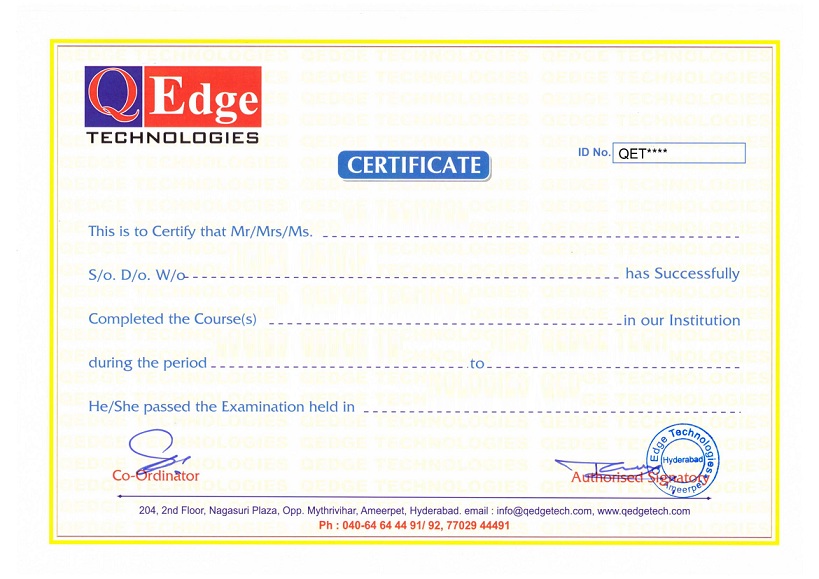
Reviews



QEdge Training Features

Theory
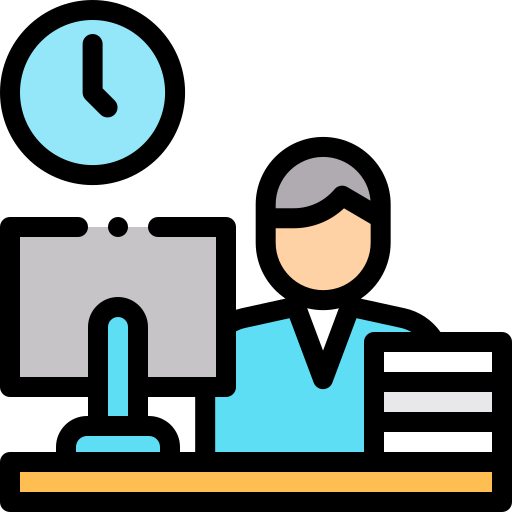
Project Work
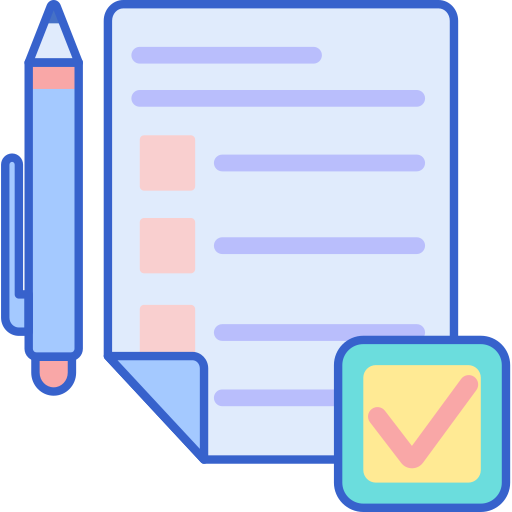
Assignments

Certification

Resume Preparation

Interview Preparation

Resume Marketing

Placement Support
Frequently Asked Questions
A full stack Python developer uses the Python programming language for the development of the entire technology stack of a web application. Python is a computer programming language that has become one of the more popular for application development.
While a basic understanding of programming concepts (preferably Python) is helpful, this course is designed to be accessible for those with some technical background. We’ll provide a solid foundation in Python and guide you through the development process step-by-step.
Python is one of the most in-demand programming languages globally. Mastering full-stack development allows you to build web applications from scratch, opening doors to exciting career opportunities in web development.
No prior experience with Flask or Django is necessary. Our course will introduce you to these popular frameworks and provide hands-on exercises to solidify your understanding.
Upon completion, you’ll be equipped with the skills and knowledge to pursue careers as a Full-Stack Developer, Web Developer, or Python Developer. The demand for these roles is high, with competitive salaries and excellent job growth.
Yes , Website Project using Python django and Data Capstone Project using Data analysis and Visualization
After completion of training, you will receive a certificate of completion, which you can share with your friends, relatives, co-workers and potential employers.
Yes, you’ll be able to access your enrolled course materials through our Learning Management System. Practical Assignments, Day-to-Day Class videos and readings you can access through our LMS App.
Be Future Ready. Enroll Now
Structure your learning and get a certificate to prove it.

QEdge Technologies
QEdge Technologies was established by team of enthusiastic industry professionals from various organizations with the vision of providing IT training to fill the gap between industry requirement and learning.
Follow us!
Contact Us
Full Stack Developer Trainings
- Java Full Stack Training
- Python Fullstack Training
- Django with Live Project
- UI / WEB Development
- React JS
- MERN Stack.
Software QA Testing Trainings
- Software Testing Training Online
- QA Testing Training
- Selenium Training
- Manual Testing Training
- Selenium Project Testing Training
- Manual Project Testing Training
- Appium Mobile Application Testing Training
- JMeter Performance Testing Training
- LoadRunner Performance Testing Training
- Database & ETL Testing Training
- Copyright © 2021 QEdge Technologies
- Terms & Conditions
- Legal & Privacy




